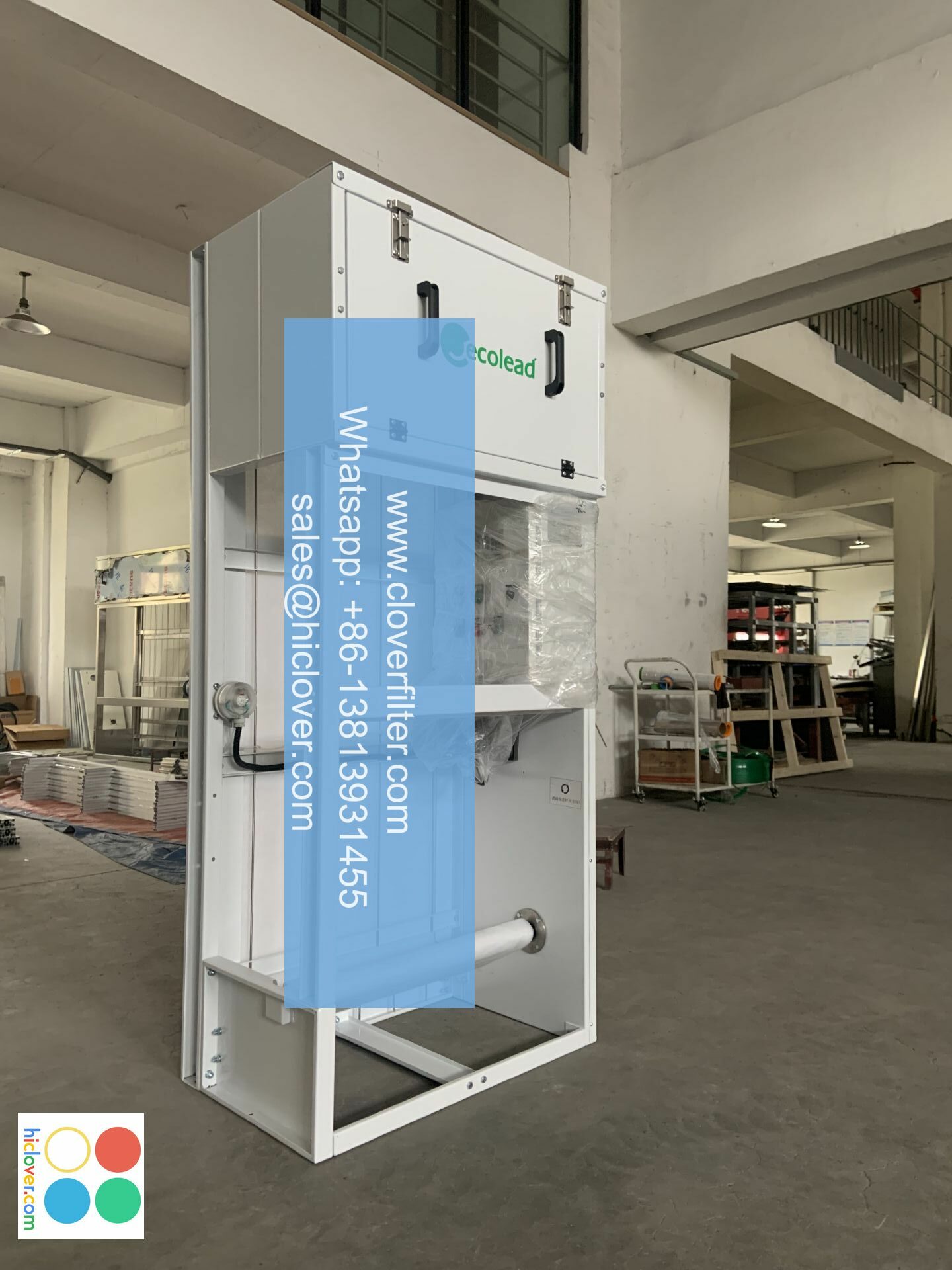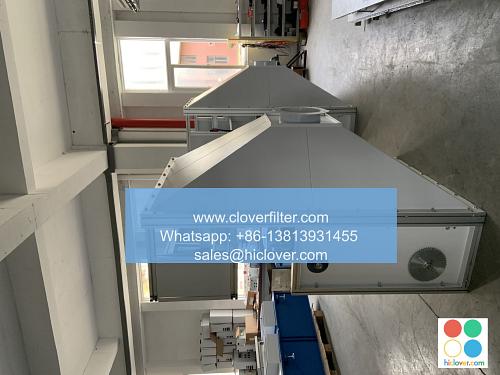The Pros and Cons of Activated Carbon Air Purifiers

Activated carbon air purifiers have gained popularity in recent years due to their ability to remove pollutants and allergens from the air, providing cleaner and healthier breathing air. These air purifiers use activated carbon, a highly porous material, to capture gases, odors, and chemicals, making them a popular choice for indoor air quality improvement and allergy relief. In this article, we will discuss the pros and cons of activated carbon air purifiers, highlighting their application areas and key benefits.
Pros of Activated Carbon Air Purifiers
The advantages of activated carbon air purifiers are numerous, making them a popular choice for home air purification and commercial air cleaning. Some of the key benefits include:
– Effective odor removal: Activated carbon air purifiers are highly effective in removing unpleasant odors and smells from the air, making them ideal for kitchen air purification and pet owner air cleaning.
– Chemical removal: These air purifiers can capture chemicals and gases, such as volatile organic compounds (VOCs) and formaldehyde, making them a popular choice for indoor air quality improvement and health protection.
– Allergy relief: Activated carbon air purifiers can help remove allergens and pollutants from the air, providing relief for allergy sufferers and asthma patients.
– Low maintenance: These air purifiers are relatively low maintenance, requiring only periodic replacement of the activated carbon filter.
Cons of Activated Carbon Air Purifiers
While activated carbon air purifiers have numerous benefits, there are also some drawbacks to consider. Some of the key disadvantages include:
– Limited particle removal: Activated carbon air purifiers are not effective in removing particles such as dust, pollen, and pet dander, making them less suitable for particle removal and HEPA filtration.
– Filter replacement costs: The activated carbon filter needs to be replaced periodically, which can be costly, especially for large commercial air purification systems.
– Not effective against all gases: Activated carbon air purifiers may not be effective in removing all types of gases, such as radon and carbon monoxide, which require specialized gas removal systems.
Application Areas of Activated Carbon Air Purifiers
Activated carbon air purifiers have a wide range of application areas, including:
– Home air purification: These air purifiers are ideal for bedroom air cleaning, living room air purification, and kitchen air cleaning.
– Commercial air cleaning: Activated carbon air purifiers are used in office air purification, restaurant air cleaning, and hotel air purification.
– Industrial air purification: These air purifiers are used in manufacturing facilities, warehouses, and industrial processing plants to remove hazardous chemicals and gases.
Conclusion
In conclusion, activated carbon air purifiers are a popular choice for indoor air quality improvement and allergy relief. While they have numerous benefits, including effective odor removal and chemical removal, they also have some drawbacks, such as limited particle removal and filter replacement costs. By understanding the pros and cons of activated carbon air purifiers, individuals can make informed decisions about their use in home air purification, commercial air cleaning, and industrial air purification applications. It looks like you didn’t include a prompt. Please go ahead and provide one, and I’ll be happy to help! What would you like to talk about or get assistance with?

